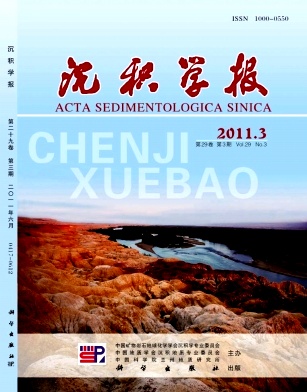Clay Mineral Assemblages in the Yangtze Drainage and Provenance Implications
- Received Date: 1900-01-01
- Rev Recd Date: 1900-01-01
- Publish Date: 2011-06-10
-
Key words:
- the Yangtze River /
- clay mineral /
- provenance /
- weathering
Abstract: The Xrays diffraction analysis (XRD) is applied to measure the clay mineral compositions of the surface sediments in the Yangtze River drainage basin. The results show that the clay mineral compositions of the sediments display a similar pattern along the main stream, with highest content of illite and lowest content of smectite, but they are different from that in the tributary rivers, these can be responded to the heterogeneous source rocks and weathering intensity. The illite crystallity and the illite chemical weathering index (5 /10 peak ratio) of the main stream indicate a gradually increased weathering from upstream to downstream. In the tributary rivers, the lower illite chemical index in the upperreaches and the higher index in the middle and lowerreaches represent a transformation from relative dominance of physical weathering to chemical weathering. Since the upperreaches tributaries have an important influence to the whole drainage, understanding the weathering intensity does not only rely on the information of main stream, but also on that of the tributaries. Based on the result derived from the clay mineral distributions and the illite indexes, the contribution of sediments from upperreaches including the Yalong Jiang, the Dadu He, the Min Jiang and the Jialing Jiang is larger, with minor contribution from the Wu Jiang. As for the middle branches, the Han Jiang transports more sediments to the lowerreaches and the Delta, while the Xiang Jiang, Gan Jiang and the Dongting Lake contribute little.
| Citation: | HE Mengying. Clay Mineral Assemblages in the Yangtze Drainage and Provenance Implications[J]. Acta Sedimentologica Sinica, 2011, 29(3): 544-551. |






 DownLoad:
DownLoad: